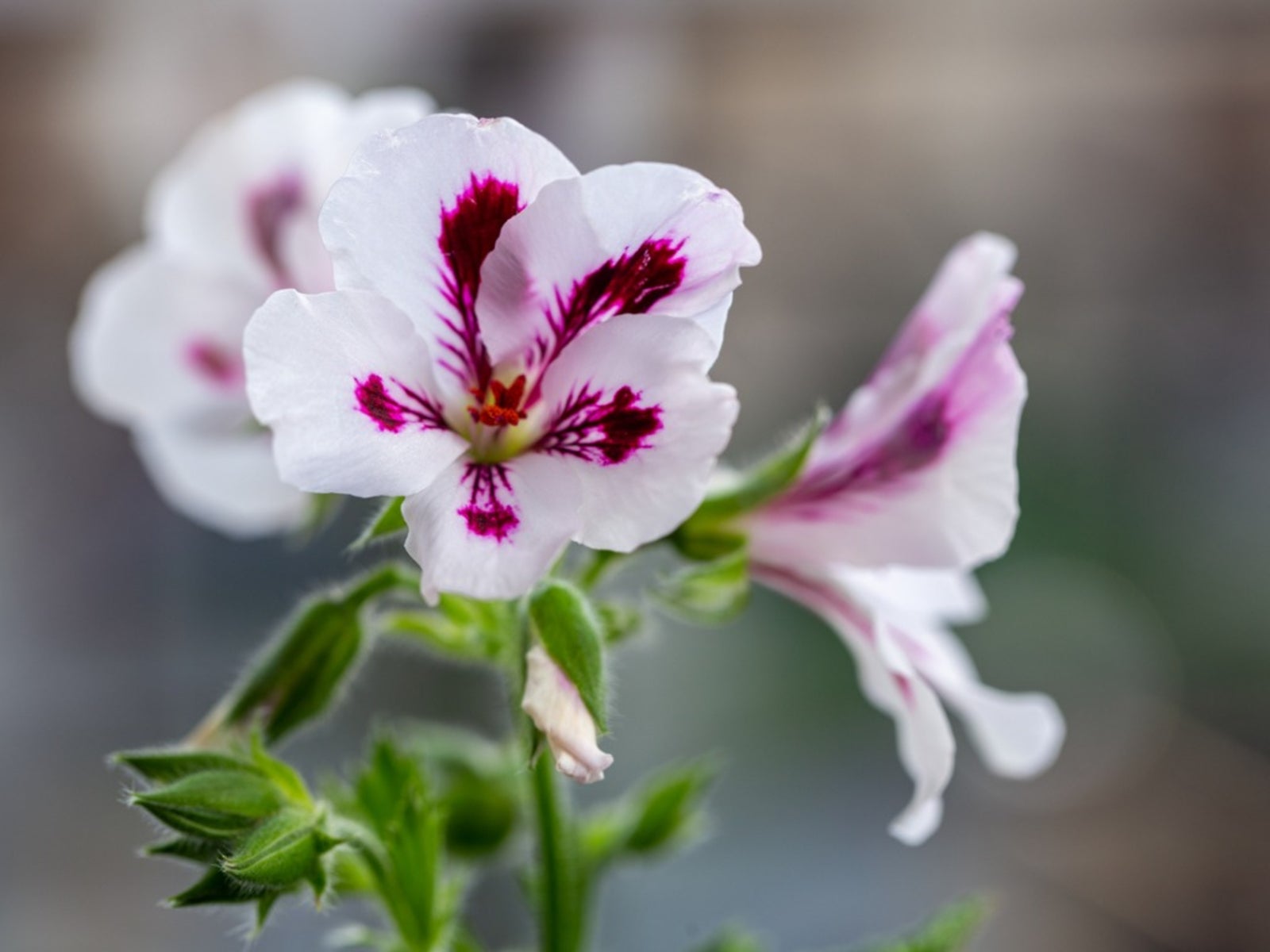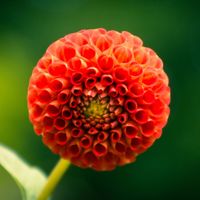Scented Geranium Care: How To Grow Scented Geranium


Scented geranium plants are a sensual delight in any home or garden. Their varied and textured leaves, the bright colors of their flowers, the scented oils they produce, and the flavor they can add to food and drinks appeal to all five of our senses. How many other garden additions pack so much punch into one small plant?
About Scented Geraniums
Like their fellow hothouse cousins, scented geranium plants are not true geraniums at all, but members of the Pelargonium genus and are considered to be tender perennials. They are treated as annuals throughout most of Europe and the United States and their beauty is appreciated all over the world. It's an added bonus that they are so easy to grow! Scented geraniums were originally found in Africa and brought back to Holland by early explorers. From Holland, the popular houseplant migrated to England in the 1600s. They were particularly favored during the Victorian era when the fragrant leaves were added to fingerbowls for guests to rinse their hands between courses at dinner. From those original African plants, horticulturalists have developed the wide variety of scented geranium plants we enjoy today. There are now over a hundred varieties with different shaped and textured leaves, flower colors, and aromas. If you're familiar with growing scented geraniums, you know that the varieties are first categorized by their scent. Mint, rose, citrus, and chocolate -- yes, that's CHOCOLATE with no calories -- are a few of the more popular scents available. Leaves of the scented geranium run the gamut from smoothly rounded to finely cut and lacy and from grey-green to dark. Their tiny flowers range from white to shades of lilac and pink to red, often combining colors.
Tips for Growing Scented Geraniums
Scented geranium care is pretty basic. You can grow them in pots, indoors or out, or in the ground. They prefer lots of sun, but may need some protection when the sun is at its strongest. They aren't fussy about soil type though they don't like wet feet. Fertilize them lightly and sparingly while they're actively growing. Scented geranium's biggest downside is they tend to get leggy and need to be trimmed back to promote bushiness. Over-fertilization will only increase this problem. Don't throw those trimmings away, though. You can easily grow scented geranium from cuttings to replace older plants or to give as gifts to friends. You might want to line a sidewalk or path with plants grown from your cuttings. Whether in containers or in the ground, grow scented geraniums where they will be touched as the leaves need to be brushed or crushed to release the aromatic oils. Before the first frost of fall, dig up your plants to bring indoors or take cuttings for winter growing. Scented geraniums do well indoors under the same conditions as out. Keep them in a sunny window, water regularly, and fertilize very little. Scented geranium care is so easy both indoors and out, it's a wonder every gardener doesn't own at least one. They're the perfect patio or balcony plant. Not only do they offer fragrant leaves, lovely flowers, and exquisite scents; they're edible! The leaves can be used to flavor teas, jellies, or baked goods and the aroma therapy is free for the taking. So never mind the roses. Stop and smell the scented geranium.
Sign up for the Gardening Know How newsletter today and receive a free copy of our e-book "How to Grow Delicious Tomatoes".

Jackie Rhoades began writing for Gardening Know How in 2010.